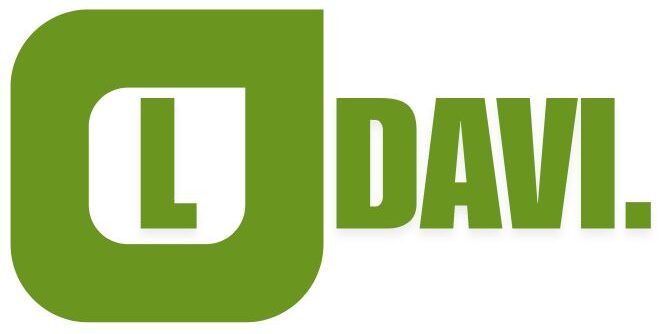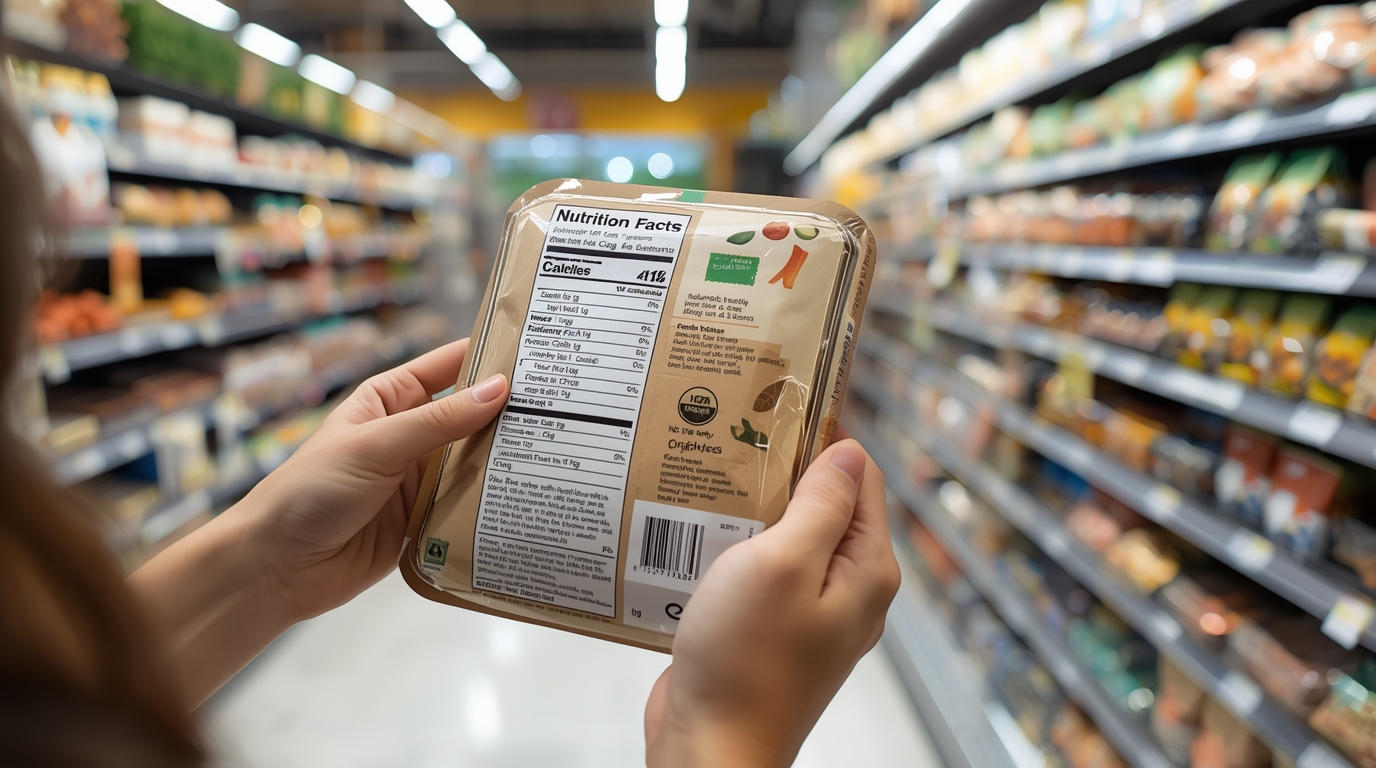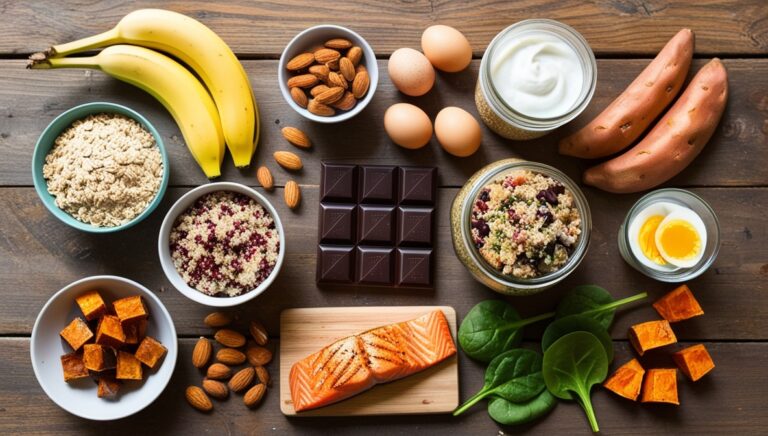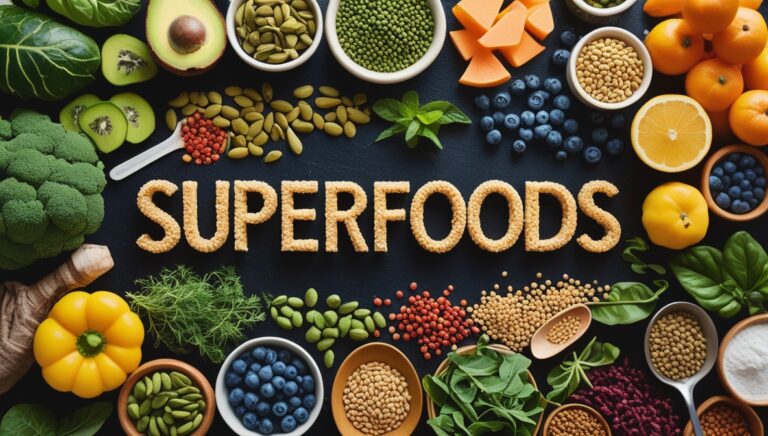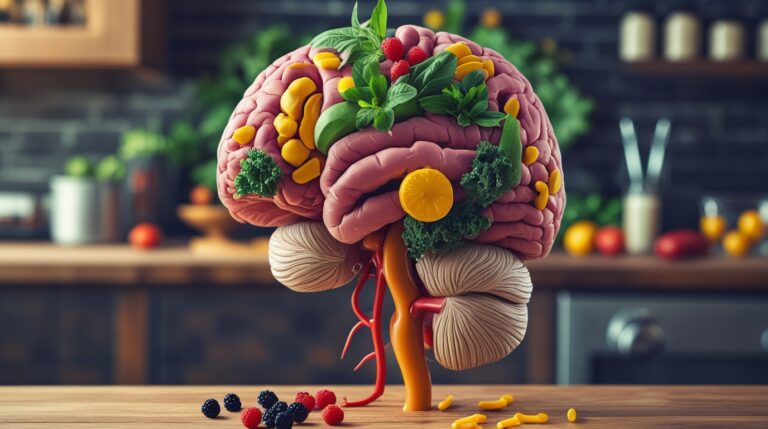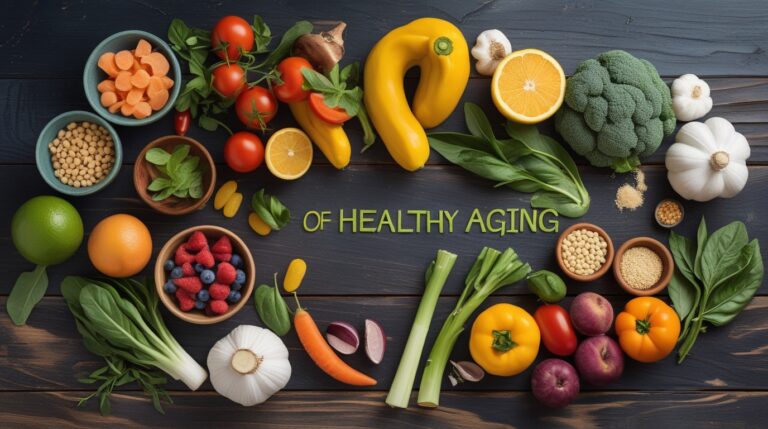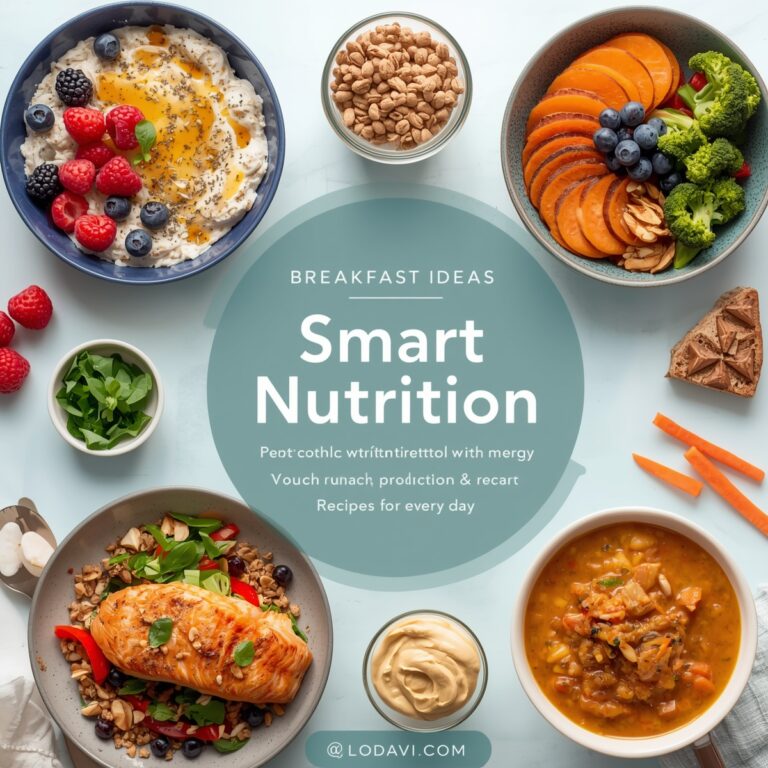Nutrition Labels Made Easy: 7 Expert Tips
Table of Contents
Nutrition Labels Made Easy: 7 Expert Tips
Meta description (155 characters):
Learn how to read nutrition labels like a pro with 7 simple tips. Decode calories, sugar, fats & more to make smarter, healthier food choices.
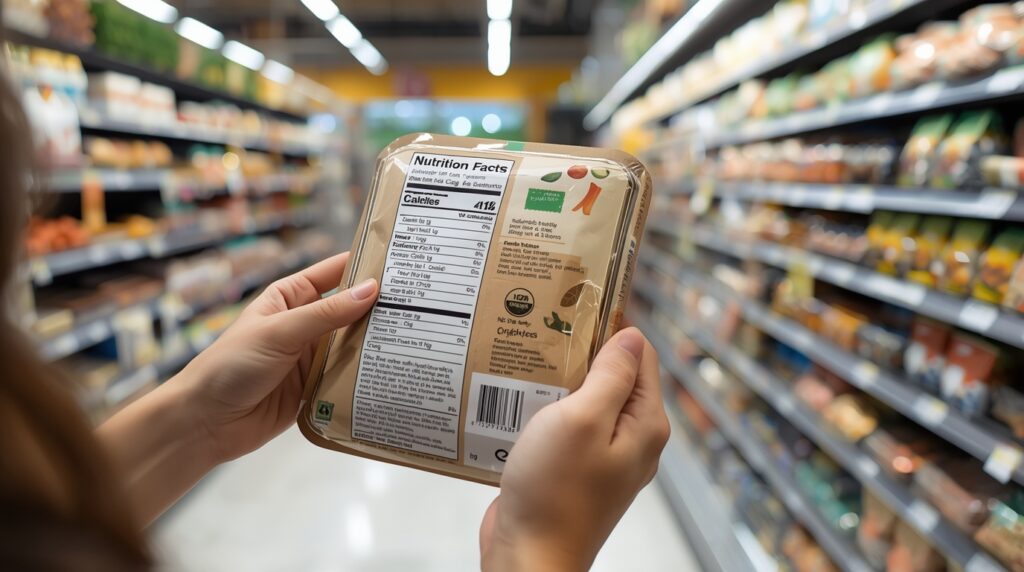
Introduction
Have you ever stood in the grocery aisle, holding two “healthy-looking” products and wondering which one is actually better for you? You’re not alone. Understanding food packaging can be confusing — but mastering how to read nutrition labels like a pro is a game-changer. In just a few minutes, you’ll learn how to decode those numbers and claims so you can shop smarter, eat healthier, and feel confident about what you’re putting on your plate.
1. Why Nutrition Labels Matter for Your Health
Nutrition labels are more than just numbers. They’re a powerful tool to help you:
- Track calories and nutrients
- Spot hidden sugars, fats, or sodium
- Compare products easily
- Make informed food choices
Learning to interpret them correctly can transform your eating habits and support weight management, heart health, and overall wellness.
2. Start With the Serving Size
Always begin by checking the serving size listed at the top of the label.
- All the nutrition data is based on this amount.
- If you eat double the serving, you’re doubling the calories, fats, and sugars.
Pro tip: Use measuring cups or a food scale at home initially to get a feel for real serving sizes.
3. Check Total Calories First
Calories tell you how much energy you’re getting from one serving.
- Compare calorie counts across brands.
- Watch out for small packages with multiple servings (they can add up fast!).
This is key for weight management and balanced eating.
4. Decode Macronutrients: Fats, Carbs & Protein
Understanding the big three macronutrients will help you evaluate overall product quality:
- Fats: Look for lower saturated fat and avoid trans fats.
- Carbohydrates: Check total carbs, but pay attention to fiber (higher is better) and added sugars (lower is better).
- Protein: Essential for satiety and muscle health — aim for moderate to high protein content.
5. Pay Attention to Added Sugars and Sodium
Two hidden culprits that affect health most:
- Added sugars: Ideally less than 10% of daily calories.
- Sodium: High intake is linked to high blood pressure.
Tip: Products labeled “low-sodium” have 140mg or less per serving.
6. Look at the % Daily Value (%DV)
The %DV tells you how much of a nutrient one serving provides based on a 2,000-calorie diet.
- 5% DV or less = low
- 20% DV or more = high
Use this to spot nutrients you want more of (fiber, vitamins) and those you want less of (sodium, saturated fat).
7. Don’t Fall for Marketing Claims
Words like “natural,” “light,” or “multigrain” can be misleading. Always verify by checking the actual numbers on the label and the ingredients list.
Quick Checklist for Reading Nutrition Labels Like a Pro
- ✅ Start with serving size
- ✅ Check calories per serving
- ✅ Evaluate fats, carbs, and protein
- ✅ Limit added sugars and sodium
- ✅ Use %DV to guide your choices
- ✅ Ignore misleading marketing claims
Conclusion
Mastering how to read nutrition labels like a pro is one of the easiest and most effective steps you can take toward better health. Understanding what goes into your food empowers you to make choices that truly nourish your body — not just fill it. Every label tells a story about ingredients, nutrients, and quality, and once you know how to interpret it, you’ll find that healthy eating becomes less about restriction and more about informed freedom.
The next time you’re at the grocery store, don’t just shop — analyze, compare, and choose wisely. Whether you’re aiming to cut down on sugar, increase your fiber intake, or spot hidden additives, these simple yet powerful tips will help you make smarter nutrition decisions that support your goals every day. Small, consistent improvements in your understanding of nutrition can lead to long-term, sustainable health benefits.
💡 Call to Action:
Share this article with a friend who’s trying to eat healthier, or leave a comment below with your favorite tip for decoding food labels. Your insight might inspire someone else to take their first step toward smarter nutrition choices!
FAQs About How to Read Nutrition Labels Like a Pro
1. What is the first thing to check on a nutrition label?
Always start with the serving size to understand the context for all other numbers.
2. How do I know if a food is high in a nutrient?
Look at the % Daily Value — 20% or more is considered high.
3. How can I reduce added sugars using nutrition labels?
Compare brands and choose products with lower grams of added sugars per serving.
4. Are “organic” or “natural” labels always healthier?
Not necessarily. You still need to check the actual nutrition facts and ingredients.
5. Why is fiber important on a nutrition label?
High-fiber foods promote satiety, digestive health, and stable blood sugar levels.
